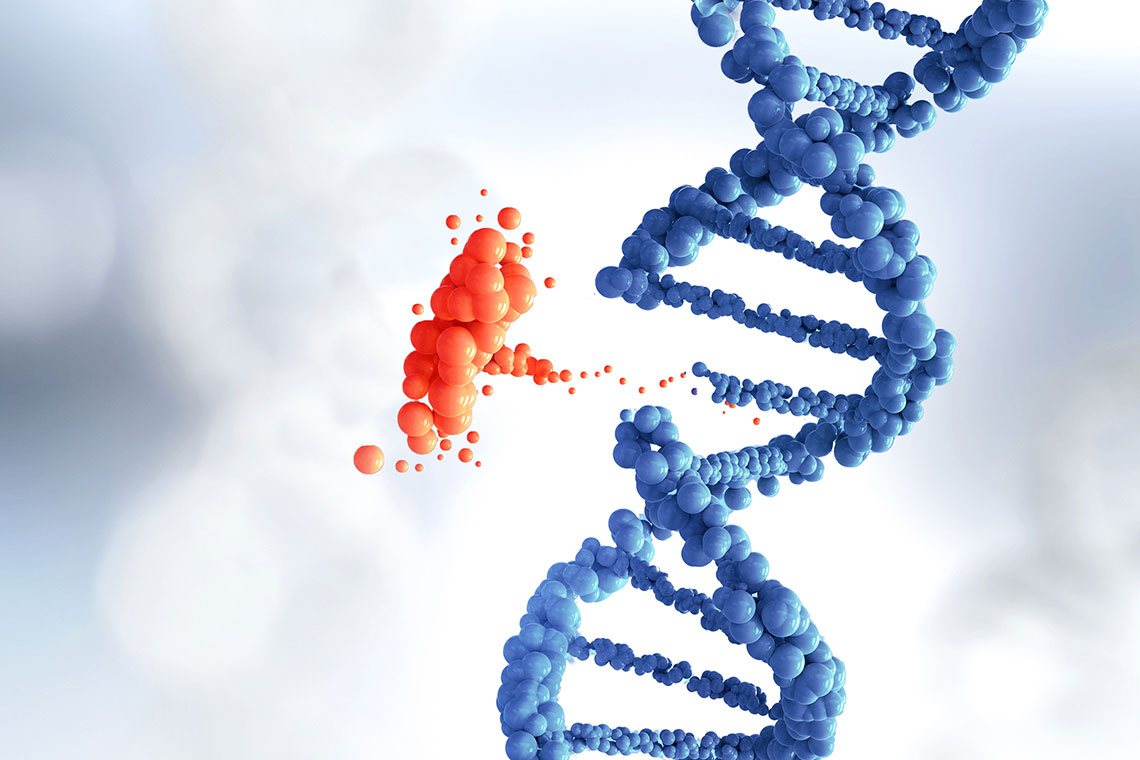What are the symptoms of Russell-Silver syndrome?
Russell-Silver syndrome is a rare genetic disorder characterized by a variety of symptoms. The primary symptoms include:
- Growth Retardation: Individuals often exhibit intrauterine growth restriction (IUGR) leading to short stature and low weight at birth.
- Short Stature: Children with Russell-Silver syndrome typically remain shorter than average for their age.
- Asymmetric Growth: Some individuals may have asymmetric growth, where one side of the body is noticeably different in size compared to the other.
- Feeding Difficulties: Infants may have trouble feeding and gaining weight.
- Facial Features: Distinctive facial features may include a triangular face, small chin, prominent forehead, and a narrow upper lip.
- Body Proportions: Affected individuals might have a small, triangular face with a prominent forehead and a small chin. Their body proportions might be unusual, with a disproportionately large head relative to their body size.
- Muscle Tone: Some may have low muscle tone (hypotonia) in infancy.
- Delayed Development: There may be delays in developmental milestones, including motor skills and speech.
- Behavioral Issues: Behavioral problems such as social difficulties or anxiety may be observed.
- Genital Anomalies: Boys with Russell-Silver syndrome might have undescended testicles or other genital abnormalities.
In addition to these common symptoms, individuals with Russell-Silver syndrome might have a higher risk of developing certain medical issues, including learning disabilities and problems with bone development. Treatment typically focuses on managing symptoms and supporting growth and development through nutritional support, hormone therapy, and educational interventions.
What are the causes of Russell-Silver syndrome?
Russell-Silver syndrome (RSS) is primarily caused by genetic abnormalities, although the exact cause is not always clear. The syndrome is usually sporadic, meaning it often occurs with no family history of the disorder. The main genetic causes identified include:
- Maternal Uniparental Disomy of Chromosome 7 (UPD7): This occurs when both copies of chromosome 7 are inherited from the mother instead of one from each parent. This genetic abnormality is found in about 5-10% of individuals with RSS.
- Hypomethylation of the Imprinting Control Region 1 (ICR1) on Chromosome 11p15.5: This abnormality affects the regulation of genes that are critical for growth, including the insulin-like growth factor 2 (IGF2) gene. Hypomethylation in this region is present in about 35-50% of individuals with RSS.
- Other Genetic Mutations or Epigenetic Changes: In some cases, RSS may be linked to other less common genetic or epigenetic changes, including mutations in other genes related to growth and development, though these are less well understood.
- Unknown Causes: In many cases of RSS, the precise genetic cause cannot be identified, suggesting that there may be other undiscovered genetic or environmental factors involved.
RSS is typically not inherited in a straightforward manner, although in some rare cases, it may be passed down in an autosomal dominant or autosomal recessive pattern, depending on the genetic cause.
What is the treatment for Russell-Silver syndrome?
The treatment for Russell-Silver syndrome (RSS) focuses on managing the various symptoms and complications associated with the condition. Since RSS affects growth, development, and sometimes other systems in the body, a multidisciplinary approach is often necessary. Treatment typically includes:
- Growth Hormone Therapy: One of the main treatments for RSS is growth hormone therapy, which can help improve height and overall growth. This therapy is usually started in early childhood and may continue through adolescence. Growth hormone can also help improve muscle mass and bone density.
- Nutritional Support: Children with RSS may have feeding difficulties, poor appetite, or failure to thrive. Nutritional support, including high-calorie diets, supplements, and sometimes tube feeding, may be necessary to ensure proper growth and development.
- Orthopedic Interventions: Some children with RSS may have skeletal abnormalities, such as scoliosis or limb length discrepancies. Orthopedic interventions, including physical therapy, bracing, or surgery, may be required to manage these issues.
- Monitoring and Managing Metabolic Issues: Children with RSS may be at risk for hypoglycemia (low blood sugar), particularly in infancy and early childhood. Regular monitoring of blood sugar levels and dietary adjustments can help prevent and manage hypoglycemia.
- Speech and Occupational Therapy: Developmental delays and learning difficulties may occur in some children with RSS. Speech therapy, occupational therapy, and early intervention programs can help address these challenges and support developmental progress.
- Dental Care: Dental abnormalities, including delayed tooth eruption and crowded teeth, are common in RSS. Regular dental care and orthodontic treatment may be needed.
- Psychosocial Support: Children with RSS may face social and emotional challenges related to their growth and appearance. Counseling and support groups can help families and children cope with these issues.
- Regular Medical Monitoring: Ongoing medical care from a team of specialists, including endocrinologists, pediatricians, nutritionists, and geneticists, is important to monitor growth, development, and any associated health issues.
Treatment plans are individualized based on the specific needs of the child, and early diagnosis and intervention can significantly improve outcomes for those with Russell-Silver syndrome.

Leave a Reply
You must be logged in to post a comment.